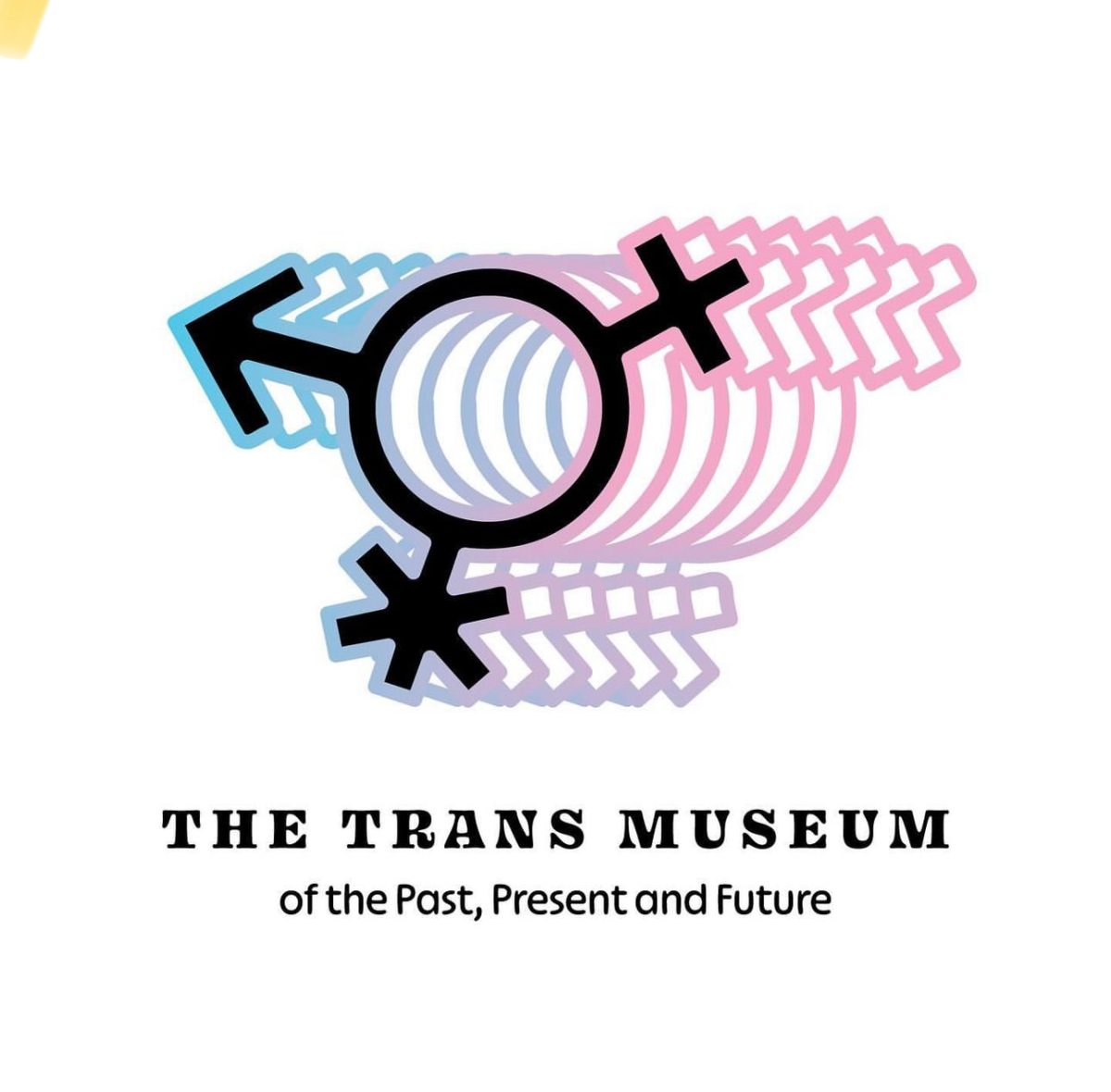The Search for an Associate Vice President for Strategic Diversity and Chief Diversity Officer
Stanton Dobson, Copy Editor
Among the seven recommendations in the Inclusive Excellence report needed to develop stronger commitment to diversity and inclusion, one is to develop the roles of associate vice president (AVP) for Strategic Diversity Leadership and chief diversity officer (CDO) and the provisions for resources that the positions may require.
The report says that the CDO will not be the only position that is responsible for leading campus diversity. There are campaigns in effect to add more senior-level diversity leadership positions and resources that will aid the CDO in the mission of establishing inclusive excellence throughout Georgia Southern. It is recommended that the university creates the position of AVP for Strategic Diversity Leadership to that end and to “galvanize new diversity outcomes on campus.”
Some of the efforts to increase diversity leadership positions are to:
“Create an executive director for inclusive excellence that serves as the operational lead for the office and is the deputy senior diversity officer to the Associate Vice President. This would be a mid-level leadership role that would ideally be occupied by someone who is strong on issues of diversity, equity and inclusion and is superior in the areas of operational excellence and getting things done.
Appoint a diversity and inclusion program and research group (1-3 FTEs) that would serve as staff within the unit, supporting the direct work of the unit and helping to partner with campus leaders on training, institutional research, convening campus meetings, conferences, outreach, communications and other activities of the unit. These individuals would be masters-level and potentially new PhD-level individuals that bring diversity of skills to the unit. This capacity would be phased in over time (Exhibit 7.4).
Create an administrative operational team (1-2 FTEs) that includes administrative support, business and finance and technical support to the office. As the campus-wide engagement and programming gets more complex, this capability will prove essential. Such a capacity would be phased in over time (Exhibit 7.4).”
The report defines the scope of the CDO’s role as follows:
“Reporting to the president and/or provost, the chief diversity officer is an institution’s highest- ranking diversity administrator. The position designates an individual who serves in a senior administrative role working toward diversity-themed organizational change as a top priority at the highest levels of leadership and governance. The role is integrative, spans administrative and institutional boundaries and reflects the CDO’s capacity to lead, coordinate, facilitate, enhance and at times supervise the formal diversity capabilities of the institution in an effort to create an inclusive and academically rewarding environment for all. Within this context, diversity is not merely a demographic goal but a strategic priority that is fundamental to creating a dynamic educational and work environment that fulfills the teaching, learning, research and service mission of the institution.”
Dr. Damon Williams and his colleagues believe that the appointed rank and status of the position of CDO in itself to enact change in the campus community. “[It] will send a strong message to the campus community and others that this role is critical for the university and that strategic diversity leadership is one of the university’s top priorities moving forward.”
The Inclusive Excellence report offers other recommendations to improve the effectiveness of the CDO position, which amount to further specify the scope of the CDO’s role.
“The CDO should not be mired with actually reviewing complaints of discrimination or leading student, faculty or staff diversity training themselves. The CDO may provide leadership to this work though policy, supervision and priority-setting. Nevertheless, the key theme in of many of our conversations was that the CDO should be a big-picture leader who partners with other senior leaders and the campus community to coordinate and tighten the many pieces of the campus’s diversity agenda into a more cohesive whole and who has the resources, staff and systems in place to lead change.”
Additionally, the report details the skillset that is expected from an ideal candidate for the position of associate vice president for strategic diversity leadership. Some of the enumerated skills are as follows:
“It is essential that the new officer have a strong understanding of the culture of higher education and an ability to interact with faculty and academic leaders.
It is recommended that the officer has a terminal degree. A PhD and record of publication are desirable. Tenure is a value-added bonus to the individual’s portfolio.
We would not require “tenure” in the job description as it will dramatically limit the pool, preferring to attract a broad pool and set the role up within this context.
We suggest seeking ten or more years of experience leading campus diversity efforts in higher education with a strong ability to articulate the 21st century academic and business case for diversity.
The effective candidate for this role will be a relational leader with a high-caliber ability to build effective partnerships with academic leaders, community members, students and more.”
Dr. Carl Reiber, spoke about the search for diversity leadership as well. When questioned he provided the specifics on the recruiting for the cabinet for inclusive excellence.
“We have a search committee formed now, we have a nationally known search firm that’s helping us, a company called Storbeck Pimentel. They specialize in that kind of thing. I think that’s a major step forward… We enlisted a national search firm so we that we get someone that is of national prominence, someone who has experience and understanding… The search committee is guiding the search to hire the best person for Georgia Southern to get us moving,” he said.







